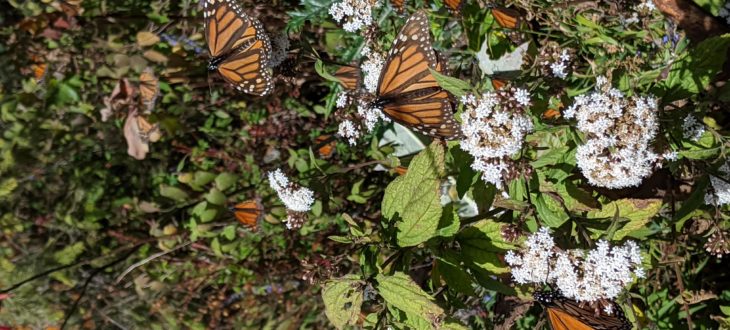
LESLIE ELMORE
Oklahoma Quail Forever Wildlife Biologist
Starting at the base of the mountain, the air was cool and crisp; but as we climbed, so did the temperatures. My husband, Dwayne, and I were making our way to the wintering ground of the most iconic butterfly. All of our expectations were about to be exceeded.
Entering a forest opening next to the winter roost site of the monarch butterfly was like walking into a snow globe of butterflies. Tens of thousands of monarchs fluttered through the air seemingly aimlessly and unhurried. Meanwhile hundreds of thousands of others sunned on exposed rock, nectared on flowers, or hung like living ornaments from the branches of Oyamel Firs (Abies religiosa), commonly called Sacred Firs. On chilly days the butterflies will stay in clumps of roughly 1,500 to conserve energy. But on this sunny afternoon, when a soft, warm breeze seemed to tip the “snow globe” again, it was truly a spectacle!
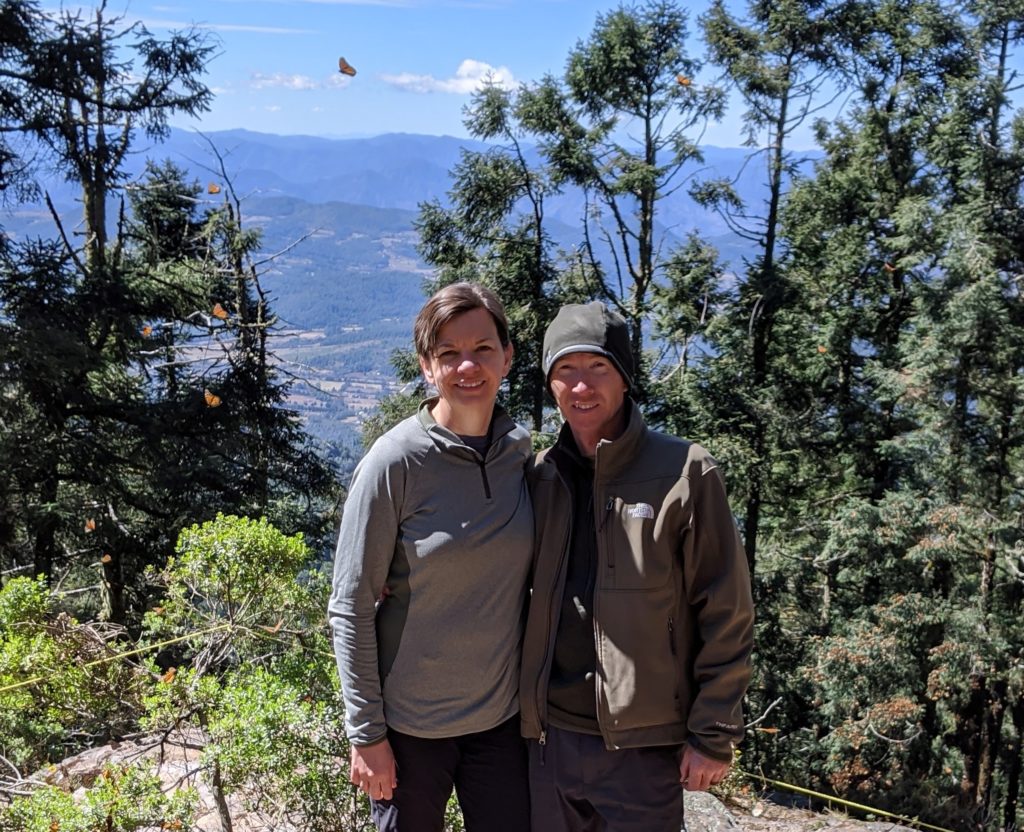
Each spring monarch butterflies migrate from central Mexico to Canada, returning in the fall to this small area in the mountains about 100 miles west of Mexico City. For millennia, the monarch has reenacted its incredible, three-country, annual migration over multiple generations.
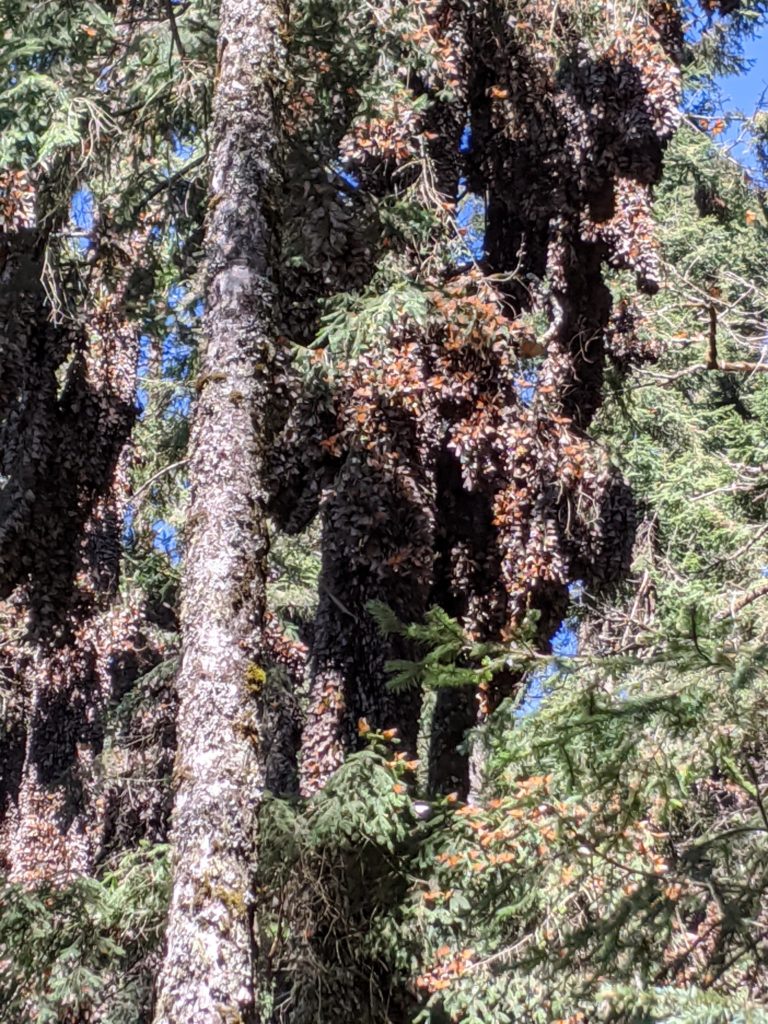
Monarchs are culturally important for people in the region, being closely associated with the Day of the Dead, which celebrates the return of their ancestors. Most of the residents in the area want to care for the monarchs and share the experience with visitors. Increasing ecotourism is providing new streams of income and an incentive to manage the forest in a way that conserves monarch habitat. Tourists paying entrance fees and spending money for lunch and souvenirs at the community-run restaurants and tiendas is critical for monarch persistence.
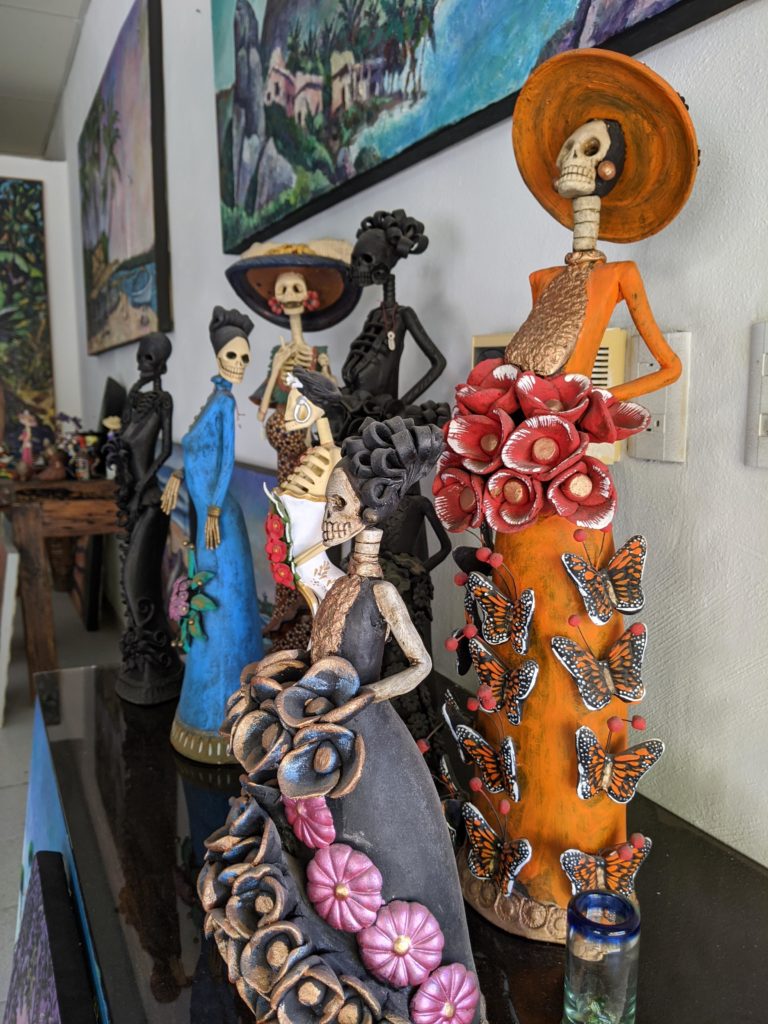
Understandably, many potential tourists have concerns about violence in Mexico. A quick internet search can provide lots of safety tips for those new to international travel. Hiring a trusted local guide can increase security and help you better experience the area’s welcoming people and great lodging, shopping, and restaurant options.
So, here’s some food for thought: Each year at the end of February/beginning of March the locals hold a Monarch Festival, Festival Cultural de la Mariposa Monarca, to celebrate the end of Monarch season—a sort of send-off celebration, if you will. This festival, which began in 1922, will soon celebrate its 100th anniversary. That could be a really special time to visit.
In the meantime, spring is a great time to plant native wildflowers here in Oklahoma to fuel monarchs along their way. Homeowners can find a wealth of information on Okies for Monarchs. Landowners interested in providing habitat for monarchs through practices such as prescribed fire, red cedar removal, and native wildflower plantings can learn about free technical and financial assistance available to them from the Natural Resources Conservation Service or by contacting me or another wildlife biologist with Quail Forever. Together we can keep the monarchs flying!
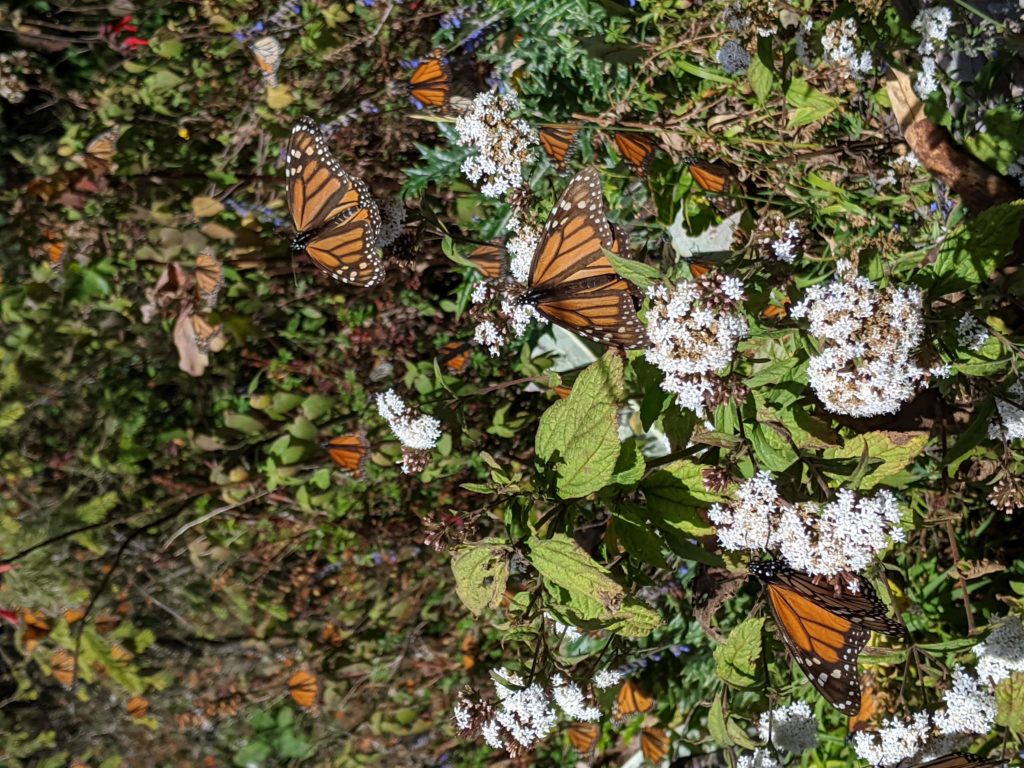
Editor’s Note: Oklahoma Quail Forever is a founding member of the Oklahoma Monarch & Pollinator Collaborative. Photo credit to Leslie Elmore for all four photos from Mexico.
Leslie Elmore is a Coordinating Wildlife Biologist for Quail Forever in Stillwater, OK. She works with partners from the Natural Resources Conservation Service (NRCS), Oklahoma Department of Wildlife Conservation and National Fish and Wildlife Foundation to provide technical assistance to landowners that are interested in enhancing or restoring habitat for the monarch butterflies, pollinators and upland wildlife.

